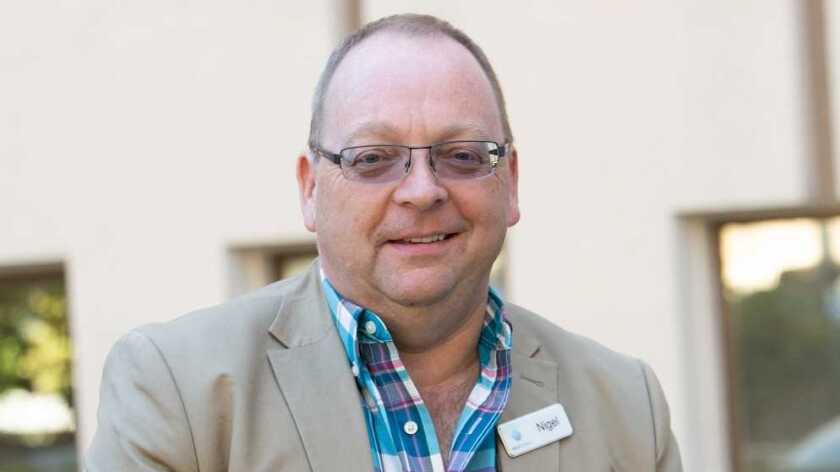The Europe Middle-East India Connect 1 (EMIC-1), which Digital 9 announced yesterday, will be owned alongside what the investor called a “leading global content provider” and consortium of carriers.
Digital 9’s contribution to the project will be £50 million, but Capacity understands that will be a percentage of the total cost and might be split between a number of cable projects.
Neither partner in the EMIC-1 project has been named yet. Neither Digital 9 nor Aqua Comms have identified the landing points.
But the project is very close to the western part of the now abandoned Eagle project, originally planned by Global Cloud Xchange (GCX) four years ago, Nigel Bayliff (pictured), CEO of Aqua Comms, told Capacity in an interview. “It’s almost exactly Eagle West,” Bayliff said yesterday. “It will achieve the same traffic.”
Carl Grivner, CEO of GCX, exclusively told Capacity two weeks ago that the company had dropped its plans for Eagle, largely because of the lack of an anchor tenant. But the Digital 9/Aqua Comms plan for EMIC-1 appears to have overcome that problem, with the still anonymous “leading global content provider”.
Eagle West, planned when Bill Barney was CEO of GCX, was to run from Marseille, with branches into the Middle East via the eastern Mediterranean and the Red Sea, to Mumbai. An eastern section was to run from Mumbai to Singapore.
Total capacity as designed by GCX was 20Tbps, but neither Digital 9 nor Aqua Comms are disclosing how much capacity EMIC-1 will have.
EMIC-1 will be ready for service after 2022, he said. The consortium will be looking after construction, but Aqua Comms will then operate it.
There are differences between Eagle West and EMIC-1, said Bayliff. “Bill was planning to sell [capacity on Eagle] to carriers. But that’s not how it works any more. We are a carrier-neutral independent operator of subsea capacity. Carriers these days can’t even justify one carrier-pair for themselves.”
Now Bayliff and his partners and investors are looking at other routes to add to the portfolio. “We’ve now got seven cable routes and we are looking to be running cables for other people, through our professional services business. We have one of those already that I’m not allowed to name, and another later in the year.”






